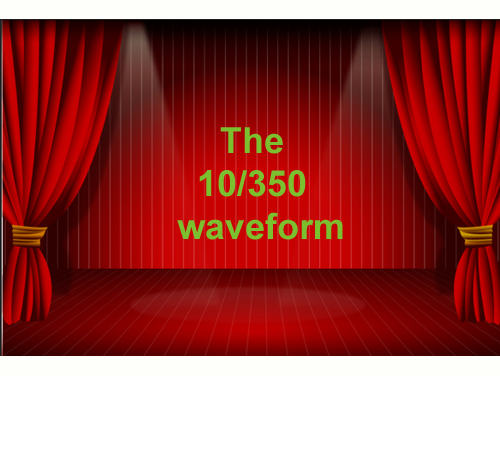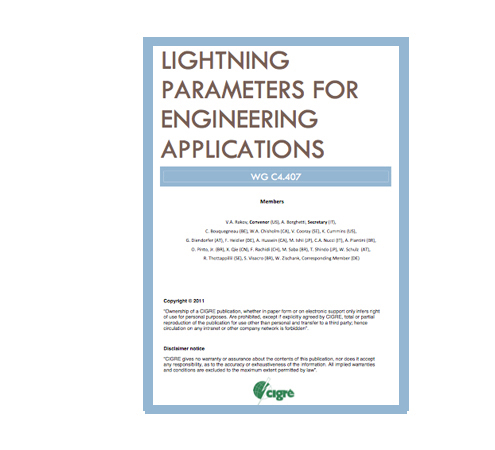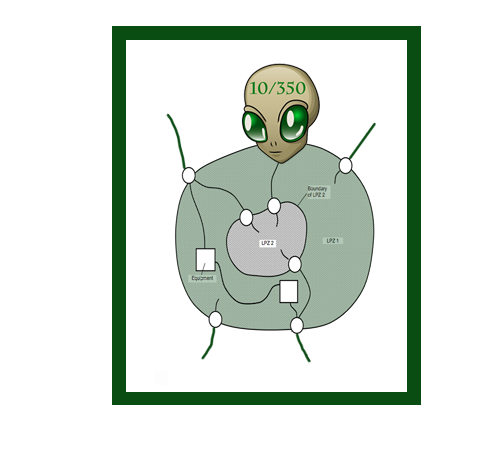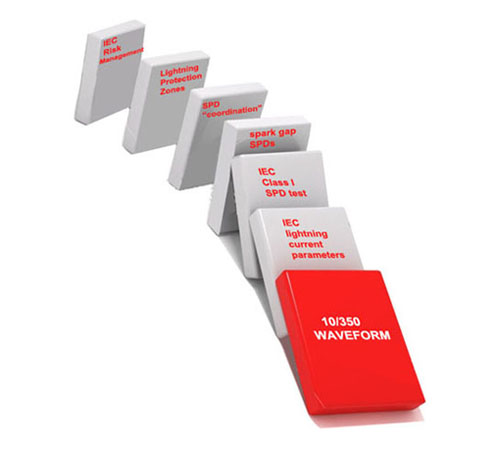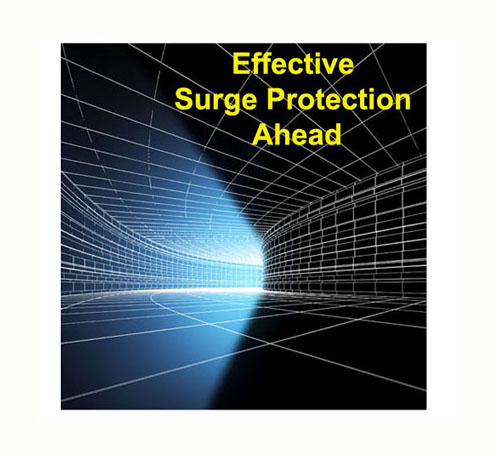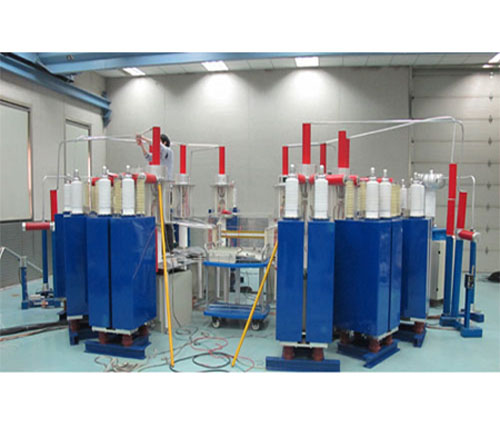Learn More
- CIGRE negates 10/350
- Modern research findings: update
- 10/350: the basic problem
- 10/350: the broken promise
- IEC standards under scrutiny
- What does IEEE say?
- What does IEC say?
- IEC and ETHICS
- Classic quotes and references
- Congratulating the French Lightning Protection Association
- The 10/350 Trilogy - backgroud data
- The Godfather of the 10/350 waveform
- What should you do about this
SPD Challenge
SPARK GAP MANUFACTURERS
....you are being challenged !!!....
With the 10/350 waveform and Class I test requirements debunked by CIGRE's 2013 Technical Brochure 549, SPD manufacturers will no longer get much mileage from the slogan: “we can pass a 10/350 test.”
Spark gap manufacturers will now achieve credibility only by demonstrating that their SPDs can stand up to and protect electronic equipment against the parameters of actual lightning. There are two options available to them. The question is: which spark gap manufacturer will be the 1st to rise to the challenge?
Read More About the ChallengeTen350 Forum
The Ten350 website has been set up to examine the credibility of the 10/350 current waveshape that was invented by IEC TC81 (Lightning Protection) and used in standards developed by IEC SC37A (Low-voltage surge protective devices.)
The pes-spdc.org website is warmly thanked for creating a discussion forum on the TEN350 site content. This in no way implies endorsement of the TEN350.com website by either IEEE or the PES Surge Protective Devices Committee.
To post a comment, become an pes-spdc.org authorized user by clicking here. At login page, click "I want to create an account."
Authorized Users: click here to log-in